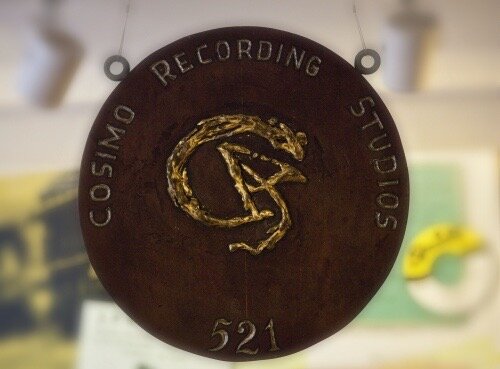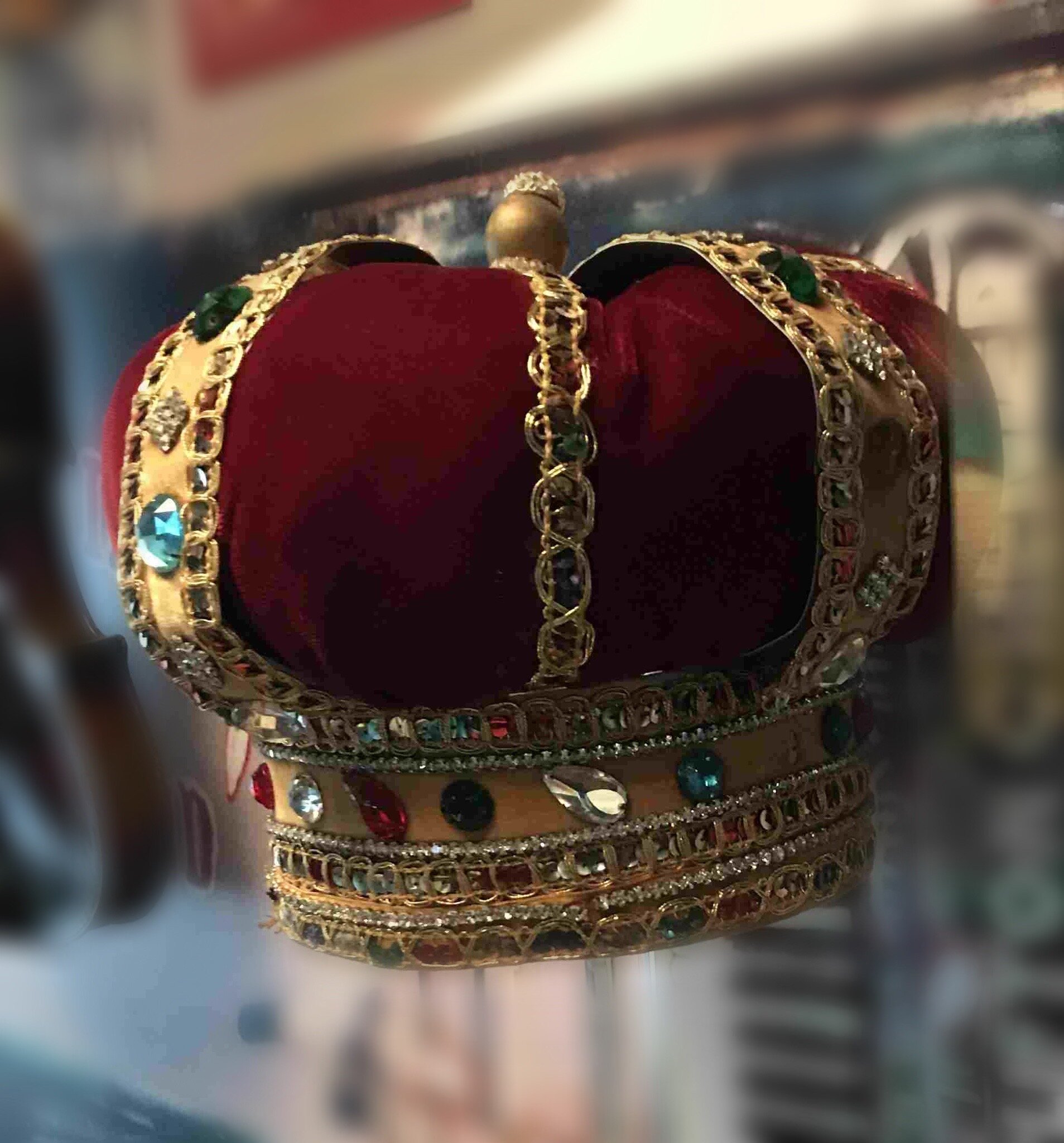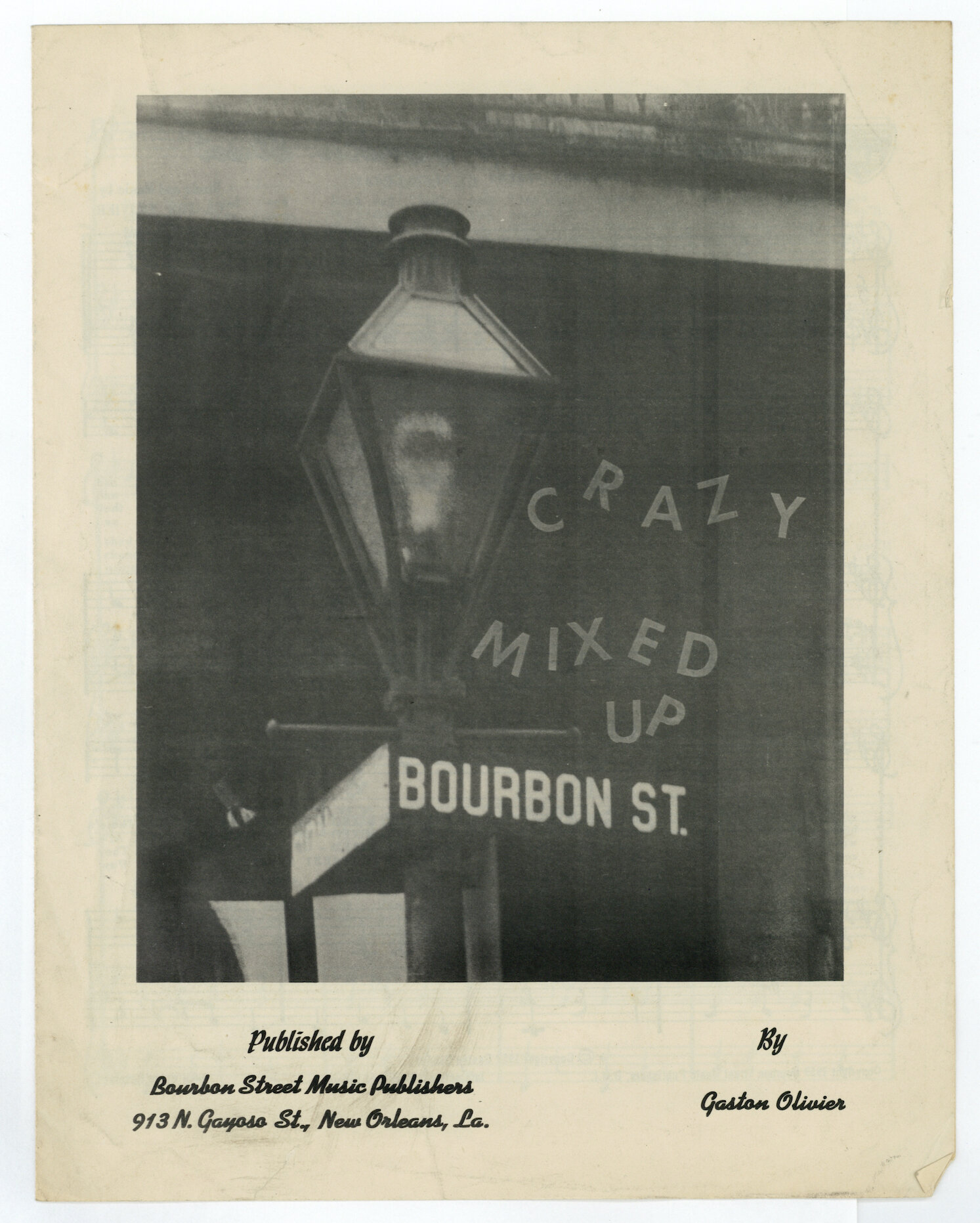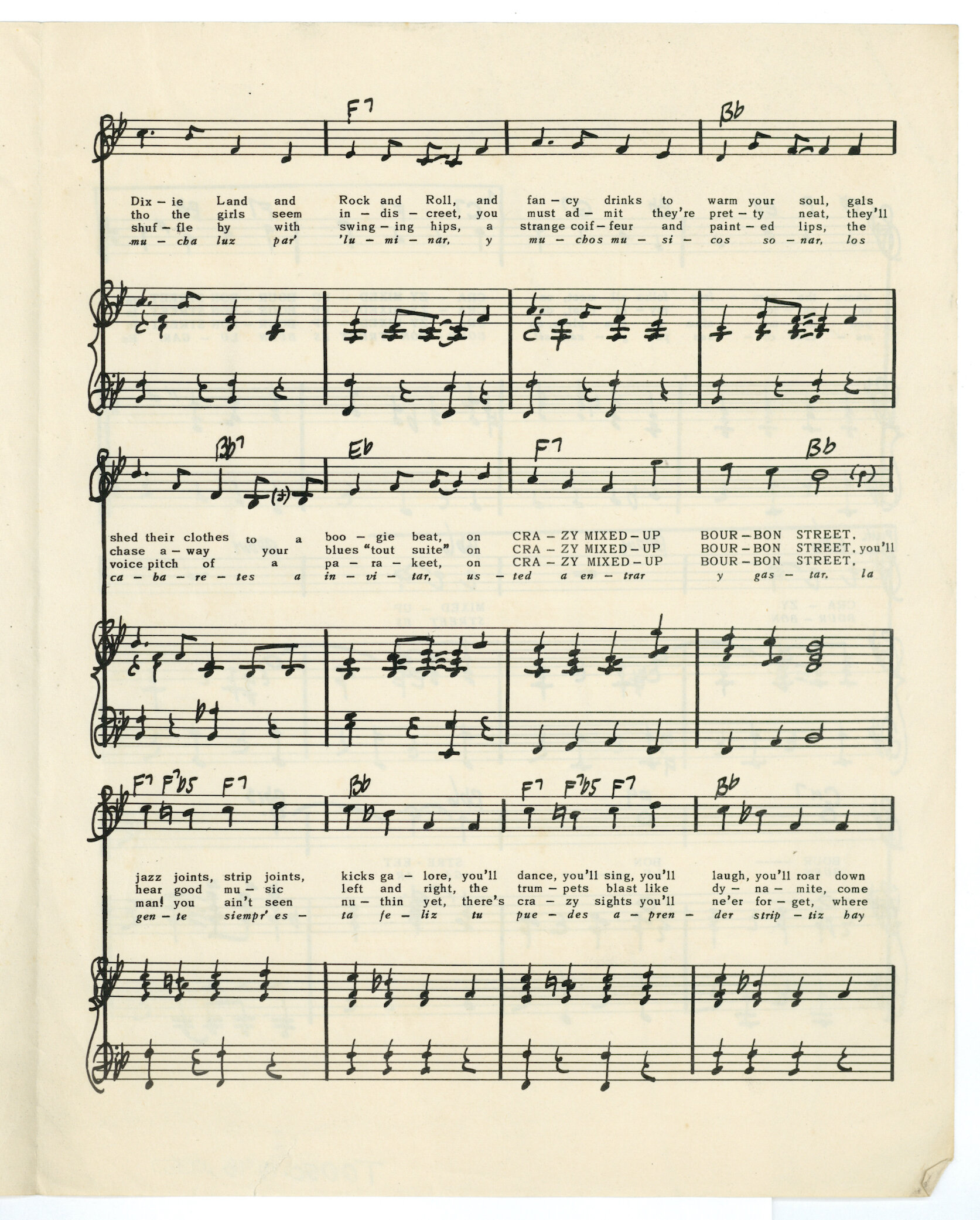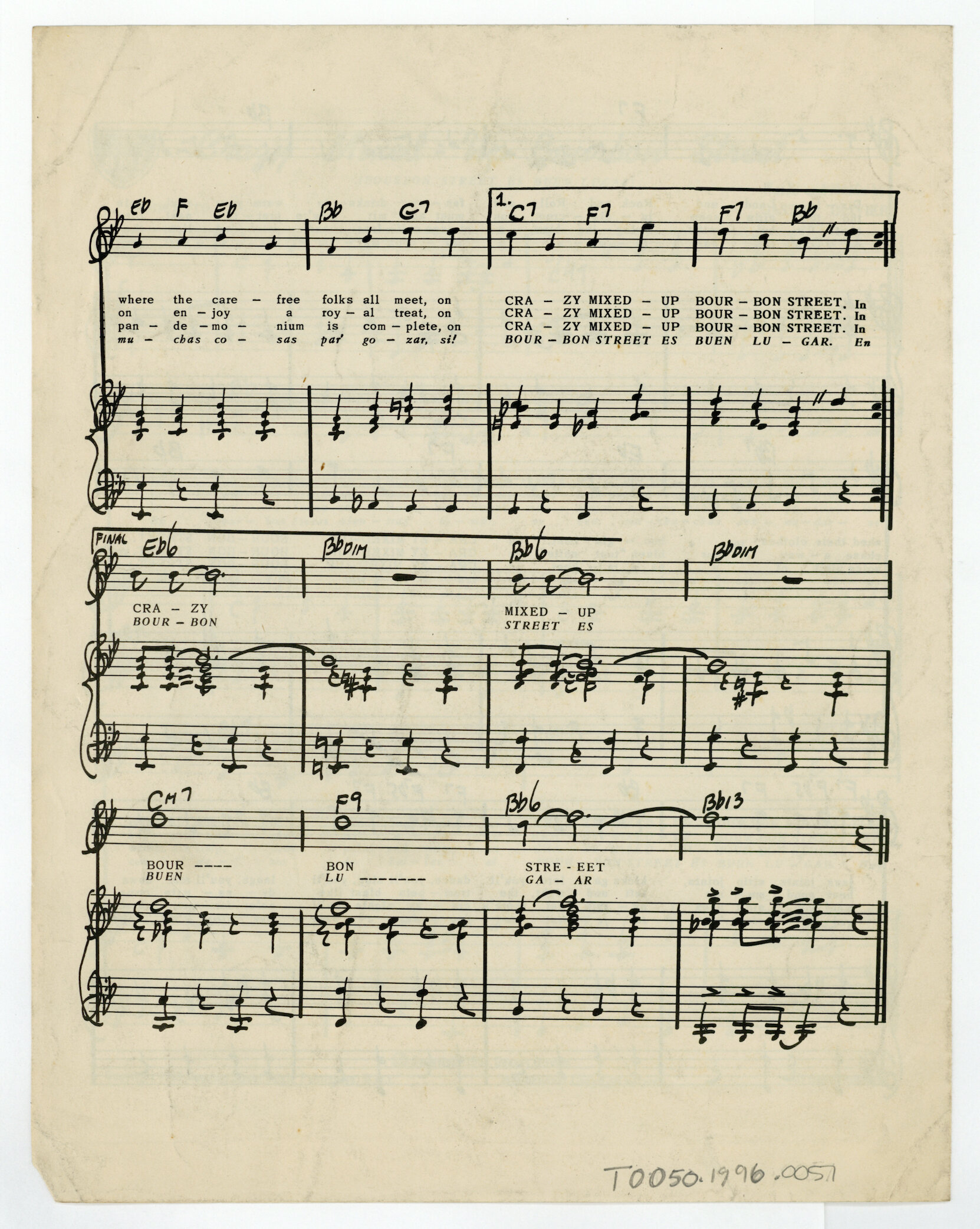New Orleans Jazz Club Collections
The New Orleans Jazz Museum has the world's largest collection of instruments owned and played by important jazz figures. The collection has, over time, picked up many odds and ends pertaining to jazz, objects which are both historically important and visually distinctive. Notable examples of instruments in the collection are:
Louis Armstrong's cornet, which he was taught to play in 1913, when he was a resident of the Municipal Waif’s Home for Boys. 13-year-old Armstrong cut notches, (still visible!) in the cornet's non-detachable mouthpiece in an attempt to aid his embouchure.
Clifton Chenier’s crown: Crown worn by the King of Zydeco himself. Chenier, an accordion player, won a GRAMMY award in 1983, and was later awarded with a GRAMMY Lifetime Achievement Award.
Cosimo Recording Studio sign: Round wooden sign from Cosimo Matassa’s studio, formerly located at 521 Governor Nicholls Street in the French Quarter. Matassa recorded the greatest artists of the 1950s and 1960s, including Fats Domino, Little Richard, Ray Charles, Lee Dorsey, Dr. John, and Smiley Lewis.
The pictorial collection consists primarily of posters, paintings, and other artwork related to music in Louisiana. Many posters are from other countries, mostly from the many jazz festivals that have been held around the world since the early 1960s. And of course the collection has many posters relating to the annual New Orleans Jazz and Heritage Festival, both the so-called collectibles, high quality silk-screened prints signed and numbered by the artist, and traditional advertisements/marketing material.
The photography collection contains some 12,000 photographs that depict jazz greats from the genre’s earliest days. The bulk of these images depicts the New Orleans music scene in the 1950s and ’60s, including famous jazz landmarks, many of which “ain’t ‘dere no more.” Check them out here.
Recordings were vitally important to the development of jazz, enabling the genre to reach a wide-spread audience, without which it would have died out. The collection has close to 10,000 Dixieland and New Orleans traditional-jazz recordings in virtually every format ever used:
4,000 78 rpm records, circa 1905-1950s
several thousand 12-inch 33-1/3 rpm LP records
hundreds of 10-inch LPs and 45 rpm records
1,400 reel-to-reel tapes, which fall into three categories:
1. New Orleans Jazz Club radio programs
2. taped interviews
3. music
See the digitized items here.
Sheet music has been printed in New Orleans at least since 1838, and in addition to these local printers, early nineteenth-century composers, publishers, and music stores established a thriving industry that would eventually be responsible for cultivating and creating jazz.
The Jazz Collection contains over 2,000 pieces of sheet music, spanning the years 1813-1997. Included are examples of nineteenth-century music not directly related to jazz or ragtime but composed and published locally, giving documentary evidence to musical culture out of which jazz grew. This collection contains first-edition examples of many pieces that became jazz standards, such as “Chinatown,” “Tin Roof Blues,” and “Alexander’s Ragtime Band.” All 2,000 pieces have recently been digitized and rehoused, ensuring their future preservation and access, thanks to a generous grant from the Institute of Museum and Library Services. View the digitized images here.
The Jazz Museum has developed a small library of jazz-related books and journals from the twentieth and twenty-first centuries. Search our catalog on LibraryThing.
The bulk of the film holdings is several hundred rolls of various sizes donated in 1978 by local TV news cameraman Don Perry. While some film is out-takes from assignments for his station, WDSU, much of it he shot pursuing his own interests, and as he was a co-founder of the New Orleans Jazz Club, much of it relates to jazz. The time covered is about 1970-76. The jazz-related films feature concert and nightclub footage, funerals and parades, footage concerning the Jazz Museum, and the first two Jazz & Heritage Festivals.
The Jazz Collection also has film from other sources, notably Mel Leavett at WWL. He was a jazz fan, and during the 60s he would occasionally get used footage from the evening news shows routed to the Jazz Museum, film that otherwise would have been thrown away. Most of the film dates no earlier than about 1960, including footage of the opening of the original Jazz Museum in November of `61.

